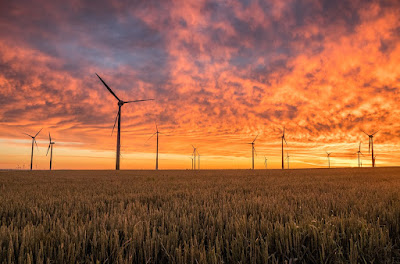Renewable Energy Technology
Environmentally friendly power innovation addresses a urgent part of our worldwide change towards an additional feasible and harmless to the ecosystem future. As we wrestle with the difficulties presented by environmental change and the limited idea of customary energy sources, the turn of events and reception of sustainable power advances have become basic.
One of the most noticeable types of environmentally friendly power is sunlight based power. Photovoltaic cells, regularly known as sun powered chargers, tackle daylight and convert it into power. With progressions in innovation, the proficiency of sunlight based chargers has essentially improved, making sun oriented power an undeniably suitable and practical choice for both private and modern applications. The adaptability of sun oriented establishments, going from little roof frameworks to enormous sun based ranches, adds to their far reaching use.
Wind power is one more central member in the environmentally friendly power scene. Wind turbines convert the active energy from the breeze into power. As wind innovation has developed, the plan and effectiveness of turbines have advanced, considering the tackling of wind energy in different topographical areas. Seaward wind ranches, arranged in waterways, have arisen as especially encouraging because of the reliable and solid breezes found adrift.
Hydropower, a deep rooted type of environmentally friendly power, includes catching the energy from streaming water to create power. Enormous scope hydroelectric dams have generally been used, however there is a developing accentuation on additional manageable and harmless to the ecosystem options. Run-of-stream hydroelectric plants, which create power without critical water stockpiling, limit the natural effect related with conventional dam development.
Geothermal energy takes advantage of the World's inward intensity for power age. This innovation depends on the normal intensity radiating from the World's covering, either through steam turbines or direct warming applications. Geothermal power plants are known for their dependability and low ecological effect, making them an appealing choice for locales with geothermal assets.
Bioenergy, got from natural materials, for example, biomass, offers a flexible and sustainable power source. Biomass can be changed over into biofuels for transportation, or utilized straightforwardly for intensity and power age. The use of horticultural buildups, wood pellets, and other natural waste materials in bioenergy



Comments
Post a Comment